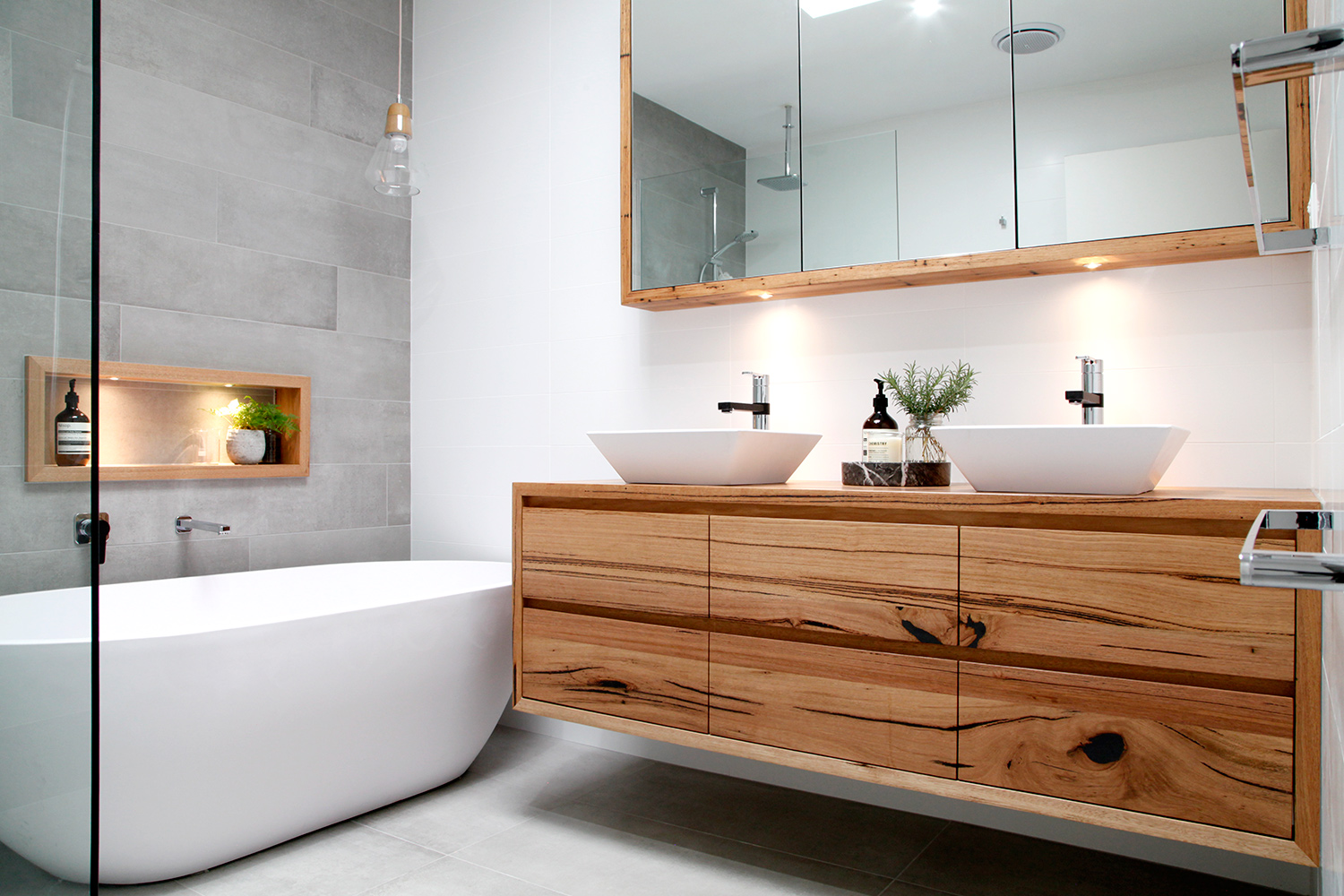If you've noticed unsightly black or green spots on your kitchen sink, chances are you have a mold and mildew problem. These fungal growths thrive in warm, damp environments, making kitchen sinks the perfect breeding ground. Not only is the presence of mold and mildew unsightly, but it can also pose health risks, especially for those with allergies or respiratory issues. Fortunately, there are ways to remove and prevent mold and mildew from taking over your kitchen sink. In this article, we'll share ten tips to help you get rid of these pesky growths and keep your sink clean and mold-free.How to Remove Mold and Mildew from Your Kitchen Sink
Before we dive into the tips, it's essential to understand that mold and mildew are two different things. Mold is a type of fungi that can cause severe damage to your home and health, while mildew is a surface-level fungus that is relatively easy to remove. With that in mind, here are five tips to help you get rid of both mold and mildew in your kitchen sink: Tip 1: Use a mixture of equal parts water and white vinegar to scrub away the mold and mildew. Let the solution sit for a few minutes before rinsing it off. Tip 2: Sprinkle some baking soda on the affected area and scrub with a damp sponge. This natural abrasive will help remove the mold and mildew without using harsh chemicals. Tip 3: For stubborn mold and mildew, mix one-part bleach with three parts water and apply it to the affected area. Let it sit for 10-15 minutes before rinsing it off. Be sure to wear gloves and work in a well-ventilated area when using bleach. Tip 4: Use a commercial mold and mildew remover, following the instructions on the label carefully. These products are specially formulated to target and eliminate fungal growth. Tip 5: If the mold and mildew have spread beyond your sink and onto other surfaces, such as countertops or cabinets, it may be best to call in a professional cleaning service to ensure complete removal.5 Tips for Getting Rid of Mold and Mildew in Your Kitchen Sink
Now that you know how to get rid of mold and mildew, let's talk about how to prevent them from returning. Here are some tips to keep your kitchen sink and surrounding areas mold and mildew-free: Tip 1: Wipe down your sink after each use. Mold and mildew thrive in warm, damp environments, so it's crucial to keep your sink as dry as possible. Tip 2: Fix any leaks or plumbing issues promptly. A dripping faucet or a clogged drain can create the perfect environment for mold and mildew to grow. Tip 3: Use a fan or open a window when cooking or using the dishwasher. The steam and moisture from these activities can contribute to mold and mildew growth. Tip 4: Regularly clean and disinfect your sink. This will not only keep it looking clean and shiny but also remove any potential mold and mildew spores before they have a chance to grow. Tip 5: Consider installing a water filter. Hard water can leave mineral deposits in your sink, creating a breeding ground for mold and mildew. A water filter can help reduce these mineral deposits and keep your sink cleaner.Preventing Mold and Mildew in Your Kitchen Sink
If you prefer to use commercial products to remove mold and mildew from your kitchen sink, here are some of the best options available: Product 1: Clorox Clean-Up All Purpose Cleaner with Bleach - This powerful cleaner has bleach as its active ingredient, making it an effective solution for removing mold and mildew from your sink. Product 2: Lysol Mold & Mildew Blaster - This product is specifically formulated to target and remove mold and mildew, making it an excellent choice for your kitchen sink. Product 3: Tilex Mold & Mildew Remover - This spray is easy to use and provides a powerful solution for removing mold and mildew from your sink and other surfaces. Product 4: CLR Mold & Mildew Stain Remover - This product is safe for use on various surfaces, including sinks, and is tough on mold and mildew stains. Product 5: Method Antibacterial Bathroom Cleaner - This all-natural cleaner is an excellent option for those looking for a more eco-friendly solution for removing mold and mildew from their kitchen sink.Best Products for Removing Mold and Mildew from Kitchen Sinks
If you prefer to use natural ingredients to remove mold and mildew from your kitchen sink, here are some easy DIY solutions you can try: DIY Solution 1: Mix equal parts water and hydrogen peroxide in a spray bottle and apply it to the affected area. Let it sit for 10-15 minutes before wiping it off. DIY Solution 2: Combine one-part water and one-part distilled white vinegar in a spray bottle and use it to scrub away the mold and mildew. For stubborn stains, let the solution sit for a few minutes before rinsing it off. DIY Solution 3: Mix one tablespoon of tea tree oil with one cup of water in a spray bottle and use it to clean and disinfect your sink. Tea tree oil has natural antifungal properties, making it a great option for removing mold and mildew. DIY Solution 4: Sprinkle some salt on the affected area and scrub with a damp sponge or cloth. This natural abrasive will help remove the mold and mildew without using harsh chemicals. DIY Solution 5: Create a paste using baking soda and water and apply it to the mold and mildew. Let it sit for 10-15 minutes before scrubbing it off with a damp sponge.DIY Solutions for Mold and Mildew on Kitchen Sinks
Kitchen sinks provide the perfect environment for mold and mildew to grow. They are often warm and damp, with food particles and other debris providing a food source for the fungi. To prevent mold and mildew from thriving in your kitchen sink, be sure to keep it clean and dry, fix any leaks or plumbing issues promptly, and use natural disinfectants regularly.Why Mold and Mildew Thrive in Kitchen Sinks and How to Stop It
If you prefer to use natural remedies to remove mold and mildew from your kitchen sink, here are some additional options you can try: Natural Remedy 1: Make a paste using equal parts baking soda and water and apply it to the affected area. Let it sit for 10-15 minutes before scrubbing it off with a damp sponge. Natural Remedy 2: Combine one-part water and one-part lemon juice in a spray bottle and use it to clean and disinfect your sink. Lemon juice has natural antibacterial properties and can help prevent mold and mildew growth. Natural Remedy 3: Mix one cup of white vinegar with one tablespoon of salt and apply it to the mold and mildew. Let it sit for 10-15 minutes before scrubbing it off with a damp sponge. Natural Remedy 4: Create a solution of one-part water and one-part apple cider vinegar and use it to clean and disinfect your sink. Apple cider vinegar has natural antifungal properties and can help prevent mold and mildew growth. Natural Remedy 5: Combine one-part water and one-part witch hazel in a spray bottle and use it to clean and disinfect your sink. Witch hazel has natural astringent properties and can help remove mold and mildew stains from your sink.Natural Remedies for Removing Mold and Mildew from Kitchen Sinks
To keep your kitchen sink clean and mold-free, it's essential to clean and disinfect it regularly. Here's how to do it: Step 1: Remove any dishes or debris from the sink and rinse it with hot water. Step 2: Sprinkle some baking soda on the surface of your sink and scrub with a damp sponge or cloth. Step 3: Rinse the sink thoroughly with hot water. Step 4: Create a solution of one-part water and one-part white vinegar and use it to wipe down the sink. Step 5: Rinse the sink again with hot water. Step 6: Dry the sink with a clean towel or allow it to air dry. Step 7: If you notice any mold or mildew spots, use one of the methods mentioned earlier to remove them. Step 8: Once a week, use a natural disinfectant, such as tea tree oil or apple cider vinegar, to clean and disinfect your sink.How to Clean and Disinfect Your Kitchen Sink to Prevent Mold and Mildew
There are several common causes of mold and mildew growth in kitchen sinks. Here are some of the most common causes and how to address them: Cause 1: Standing water - If your sink has standing water, it can create a breeding ground for mold and mildew. Be sure to fix any leaks or plumbing issues promptly. Cause 2: Food debris - Food particles and other debris can provide a food source for mold and mildew. Be sure to remove any food scraps and clean your sink after each use. Cause 3: Poor ventilation - Without proper ventilation, moisture can accumulate in your sink, creating an ideal environment for mold and mildew to grow. Use a fan or open a window when cooking or using the dishwasher to help reduce moisture levels. Cause 4: Hard water - Hard water can leave mineral deposits in your sink, which can attract mold and mildew. Consider installing a water filter to help reduce these deposits. Cause 5: Lack of cleaning and disinfecting - Regularly cleaning and disinfecting your sink is essential in preventing mold and mildew growth. Make it a part of your cleaning routine to keep your sink clean and mold-free.Common Causes of Mold and Mildew in Kitchen Sinks and How to Address Them
If you've tried various methods to remove mold and mildew from your kitchen sink but can't seem to get rid of it, it may be time to call in a professional cleaning service. These professionals have the expertise and equipment to remove even the toughest mold and mildew stains and can help prevent them from returning. In conclusion, mold and mildew may be a common problem in kitchen sinks, but with the right techniques and preventative measures, you can keep your sink clean and mold-free. Whether you prefer natural remedies or commercial products, regular cleaning and disinfecting are key to preventing mold and mildew growth. With these tips, you can say goodbye to those unsightly black and green spots and hello to a clean and healthy kitchen sink.Professional Services for Removing Mold and Mildew from Kitchen Sinks
Mold and Mildew on Kitchen Sink: Causes and Prevention
Causes of Mold and Mildew on Kitchen Sinks
 Kitchen sinks are a commonly overlooked area in the household when it comes to cleaning and maintenance. However, neglecting to properly clean and dry your kitchen sink can lead to the growth of
mold and mildew
. This not only affects the appearance of your sink, but it can also pose health risks for you and your family.
Mold and mildew
thrive in moist and warm environments, making your kitchen sink an ideal breeding ground. This can be caused by a variety of factors such as leaky faucets, standing water, and even leftover food scraps. The porous nature of some sink materials, such as ceramic or granite, can also provide a perfect surface for mold and mildew to grow.
Kitchen sinks are a commonly overlooked area in the household when it comes to cleaning and maintenance. However, neglecting to properly clean and dry your kitchen sink can lead to the growth of
mold and mildew
. This not only affects the appearance of your sink, but it can also pose health risks for you and your family.
Mold and mildew
thrive in moist and warm environments, making your kitchen sink an ideal breeding ground. This can be caused by a variety of factors such as leaky faucets, standing water, and even leftover food scraps. The porous nature of some sink materials, such as ceramic or granite, can also provide a perfect surface for mold and mildew to grow.
Preventing Mold and Mildew on Kitchen Sinks
 The best way to prevent
mold and mildew
from growing on your kitchen sink is to regularly clean and dry it after use. Be sure to wipe down the sink with a disinfectant or vinegar solution to kill any existing spores. It is also important to regularly clean out your sink's drain and disposal to remove any trapped food particles.
Another effective way to prevent
mold and mildew
is to keep your sink as dry as possible. After using your sink, dry it with a clean cloth or towel and make sure to fix any leaks or standing water. You can also consider using a fan or opening windows to improve ventilation in your kitchen, as mold and mildew thrive in damp and poorly ventilated areas.
In addition to regular cleaning and drying, it is important to address any underlying issues that may be causing
mold and mildew
growth. This can include fixing leaky faucets or pipes, repairing any cracks or crevices in your sink, and properly sealing porous sink materials.
The best way to prevent
mold and mildew
from growing on your kitchen sink is to regularly clean and dry it after use. Be sure to wipe down the sink with a disinfectant or vinegar solution to kill any existing spores. It is also important to regularly clean out your sink's drain and disposal to remove any trapped food particles.
Another effective way to prevent
mold and mildew
is to keep your sink as dry as possible. After using your sink, dry it with a clean cloth or towel and make sure to fix any leaks or standing water. You can also consider using a fan or opening windows to improve ventilation in your kitchen, as mold and mildew thrive in damp and poorly ventilated areas.
In addition to regular cleaning and drying, it is important to address any underlying issues that may be causing
mold and mildew
growth. This can include fixing leaky faucets or pipes, repairing any cracks or crevices in your sink, and properly sealing porous sink materials.
In Conclusion
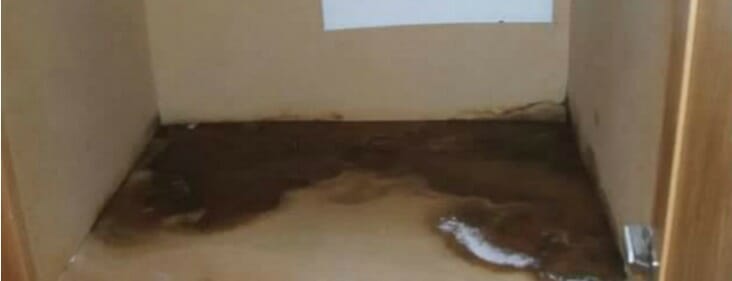 While
mold and mildew
on your kitchen sink may seem like a minor issue, it is important to address it promptly to prevent potential health risks and damage to your sink. By regularly cleaning and drying your sink, addressing any underlying issues, and improving ventilation, you can keep your kitchen sink free from
mold and mildew
and maintain a clean and healthy home.
While
mold and mildew
on your kitchen sink may seem like a minor issue, it is important to address it promptly to prevent potential health risks and damage to your sink. By regularly cleaning and drying your sink, addressing any underlying issues, and improving ventilation, you can keep your kitchen sink free from
mold and mildew
and maintain a clean and healthy home.



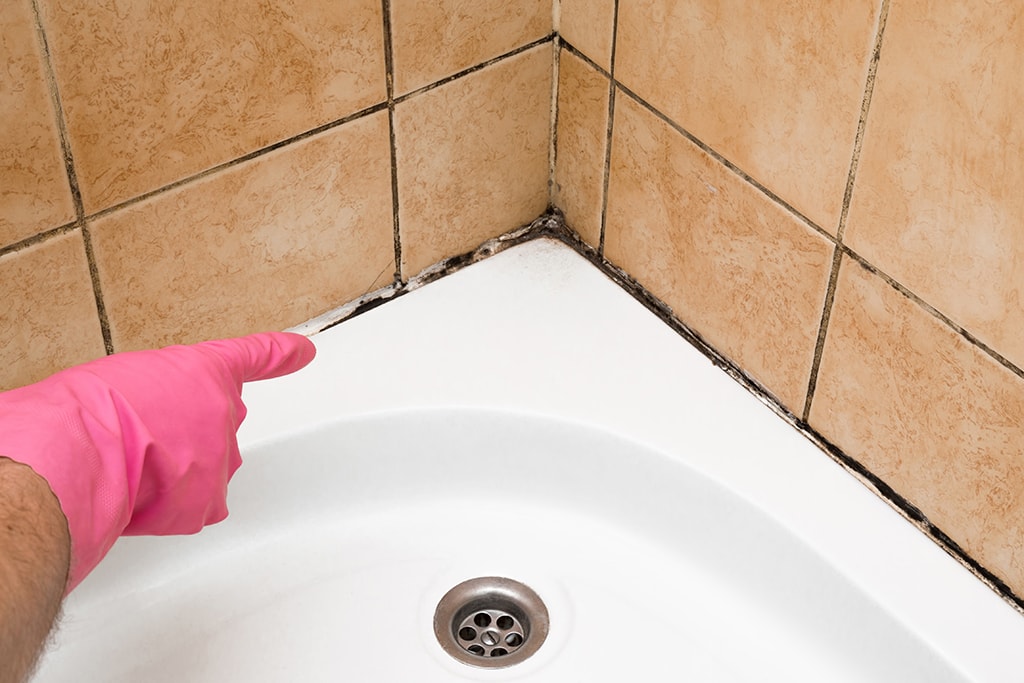
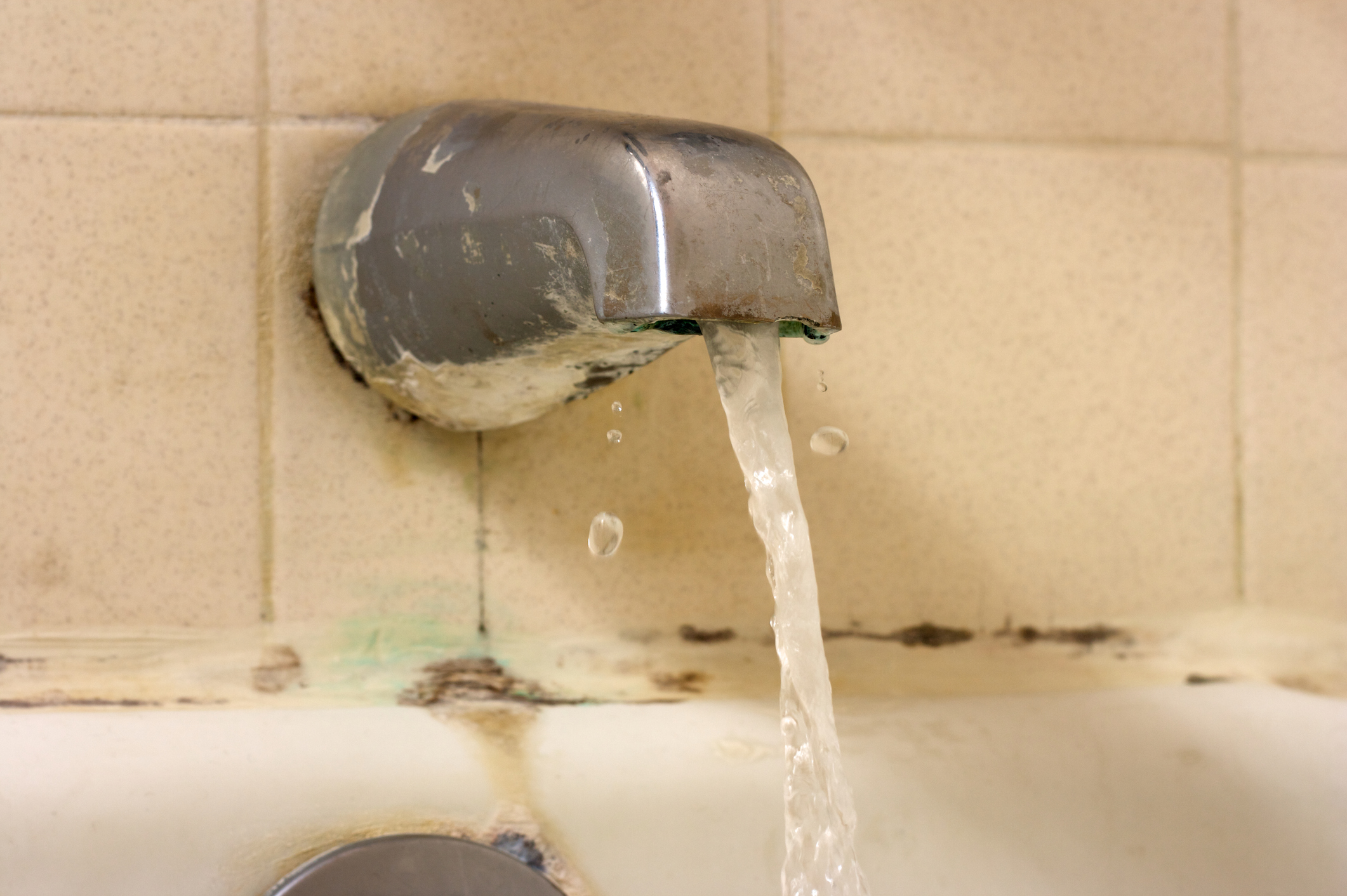
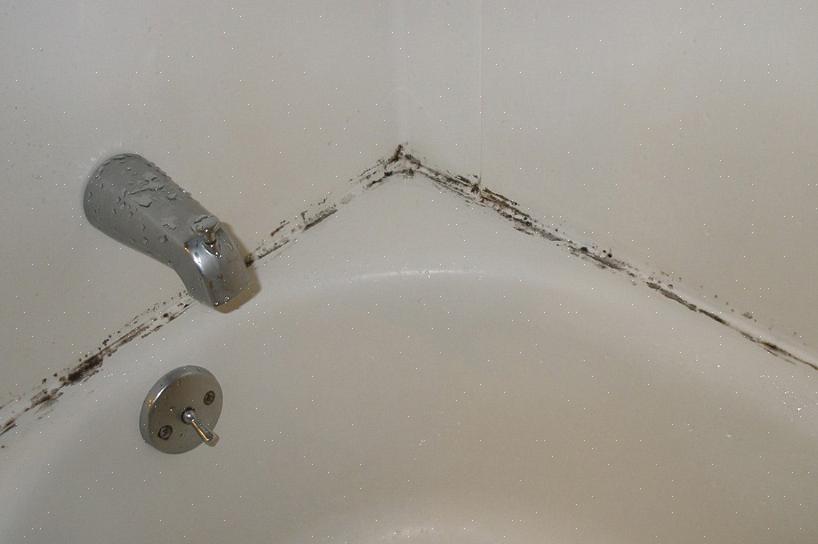
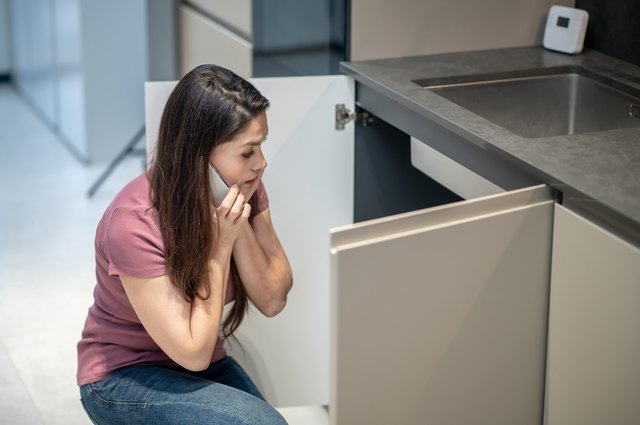

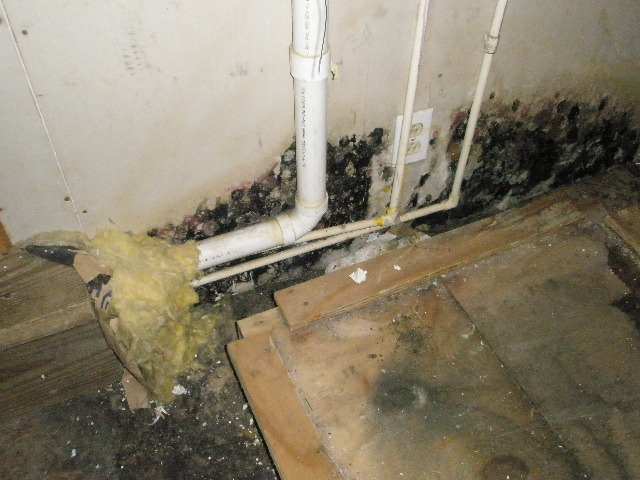





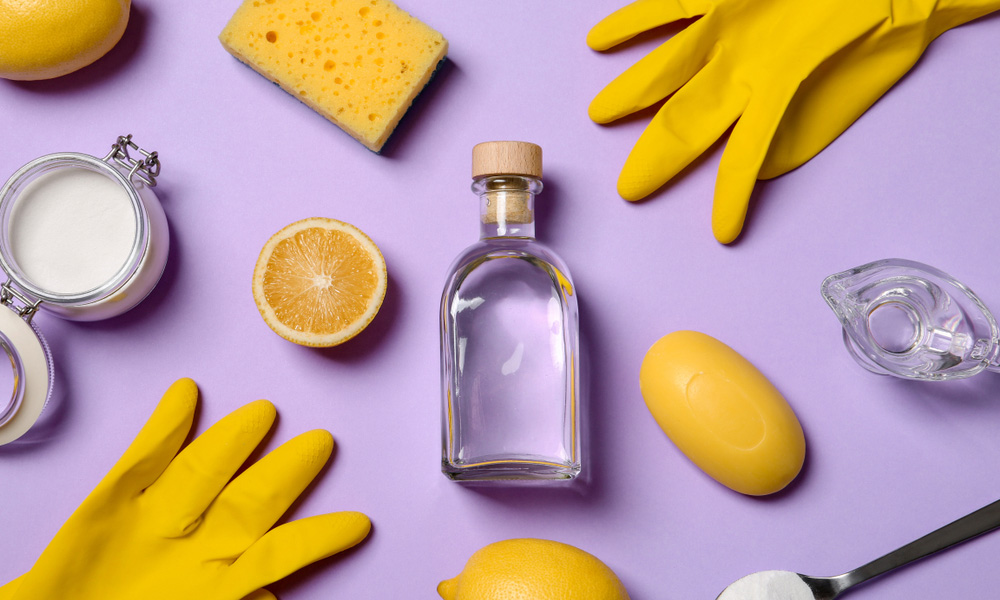
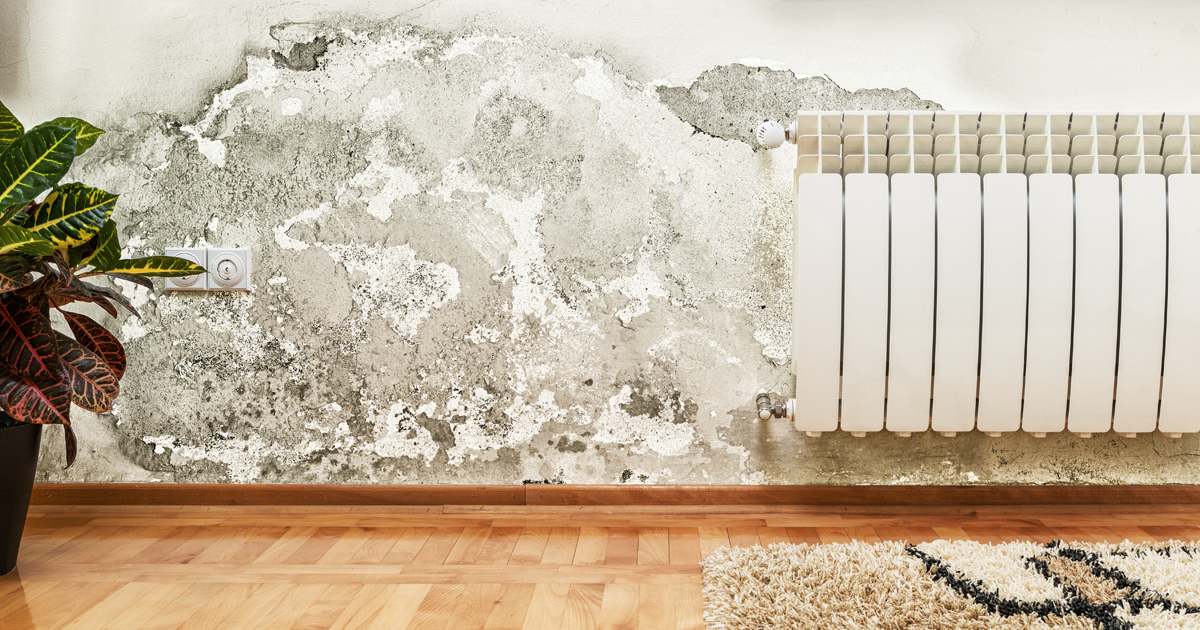
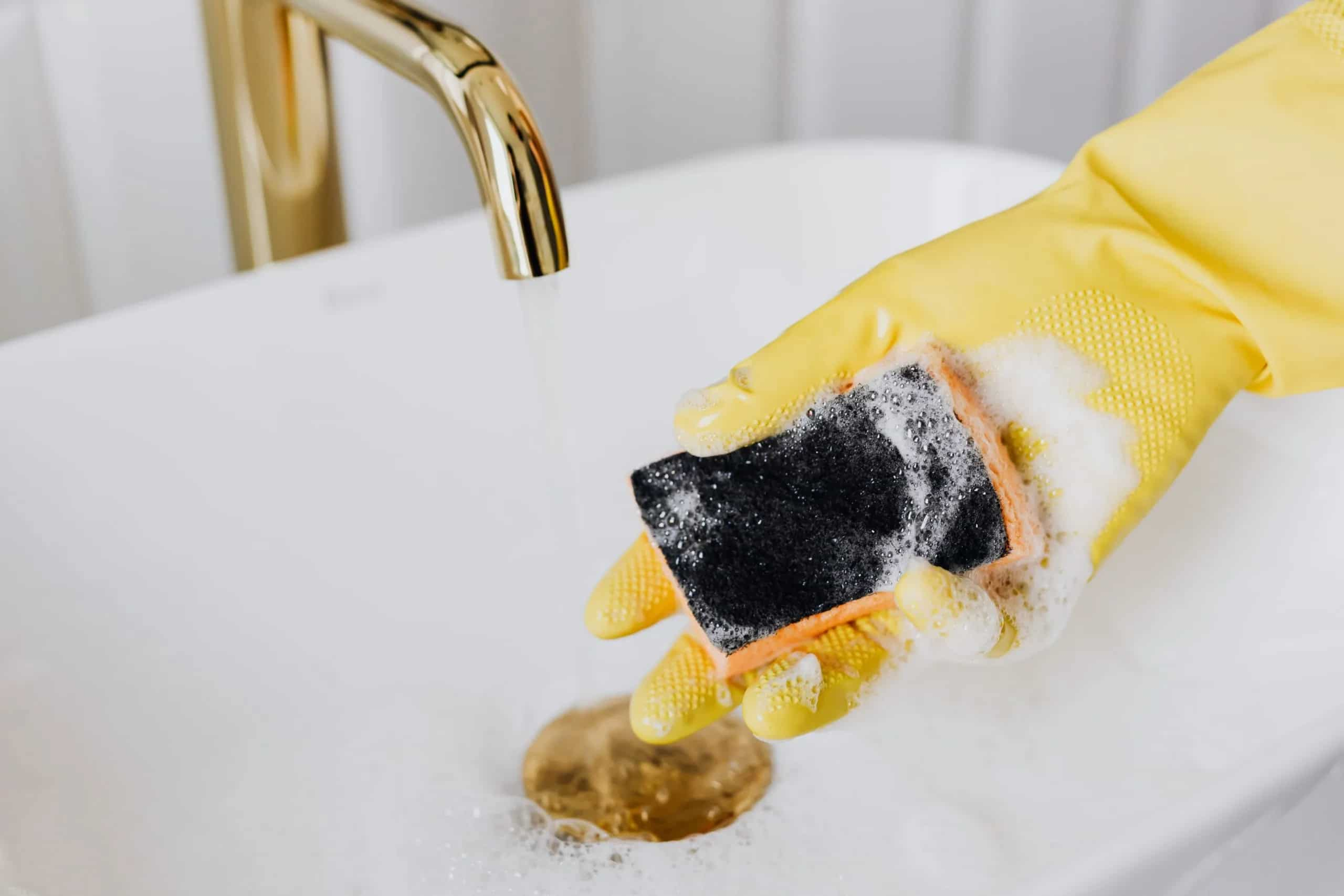


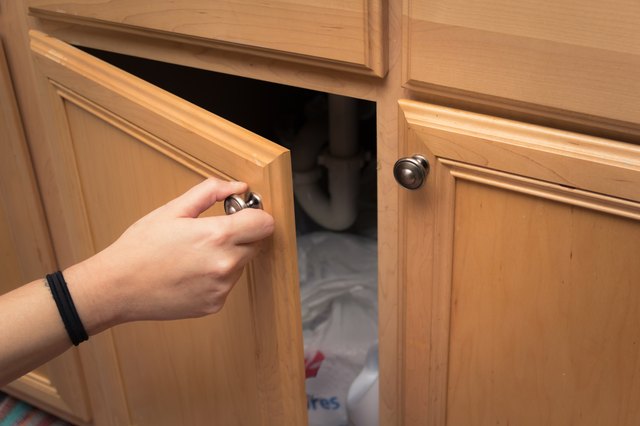




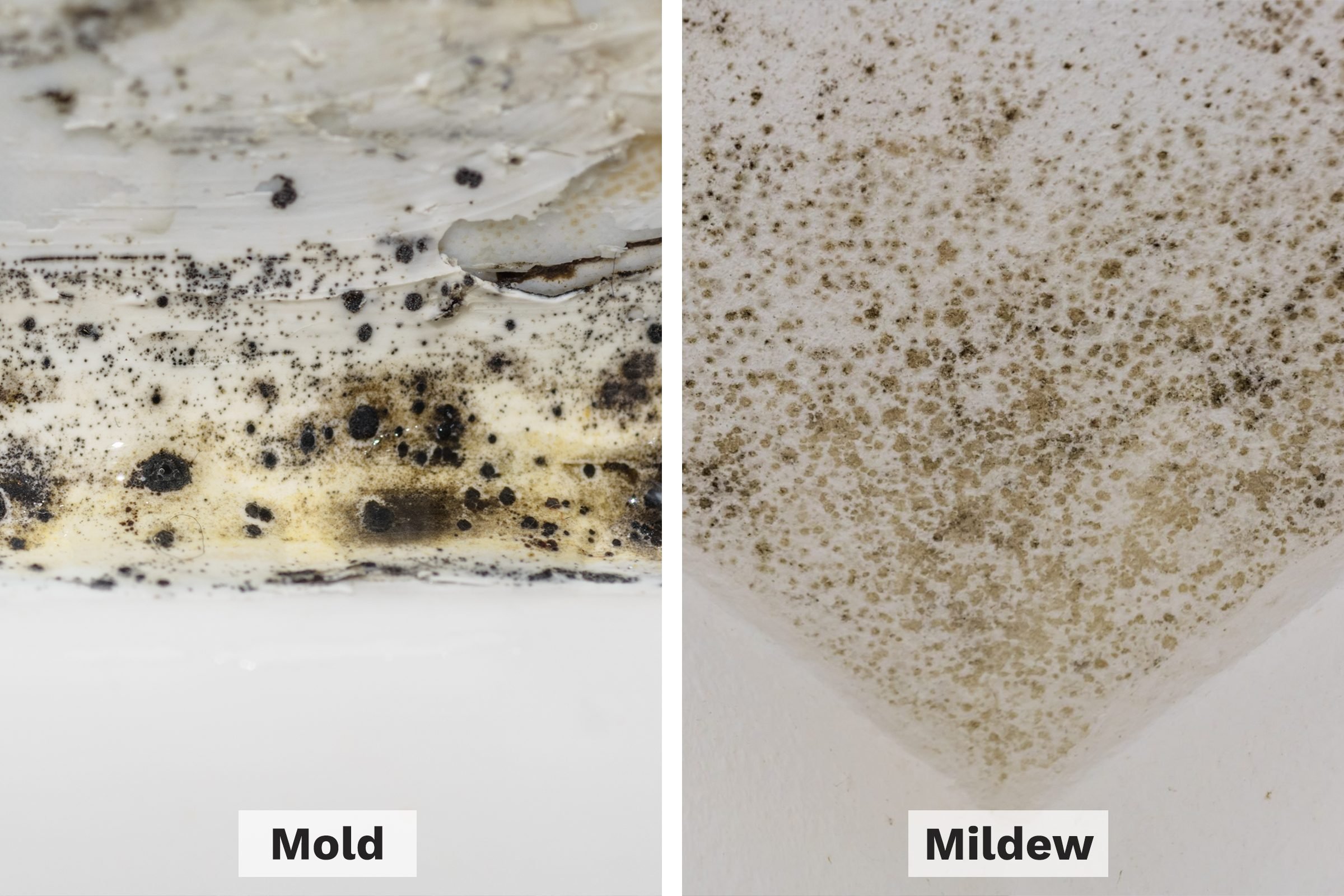




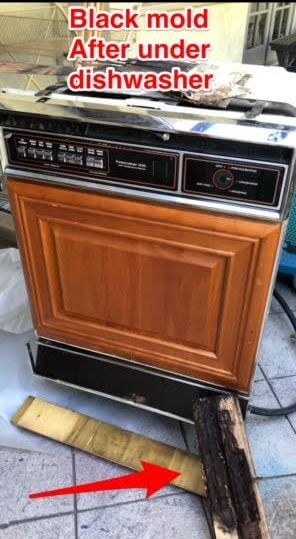
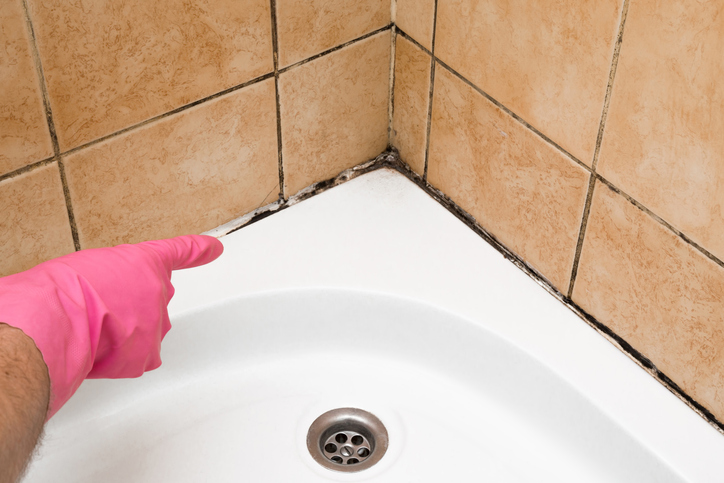


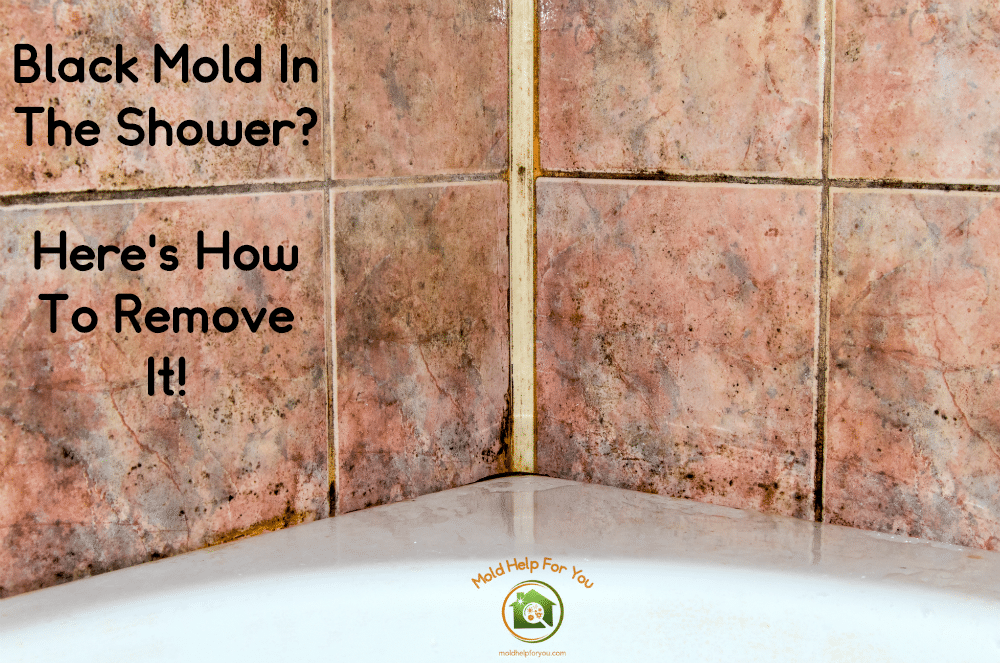





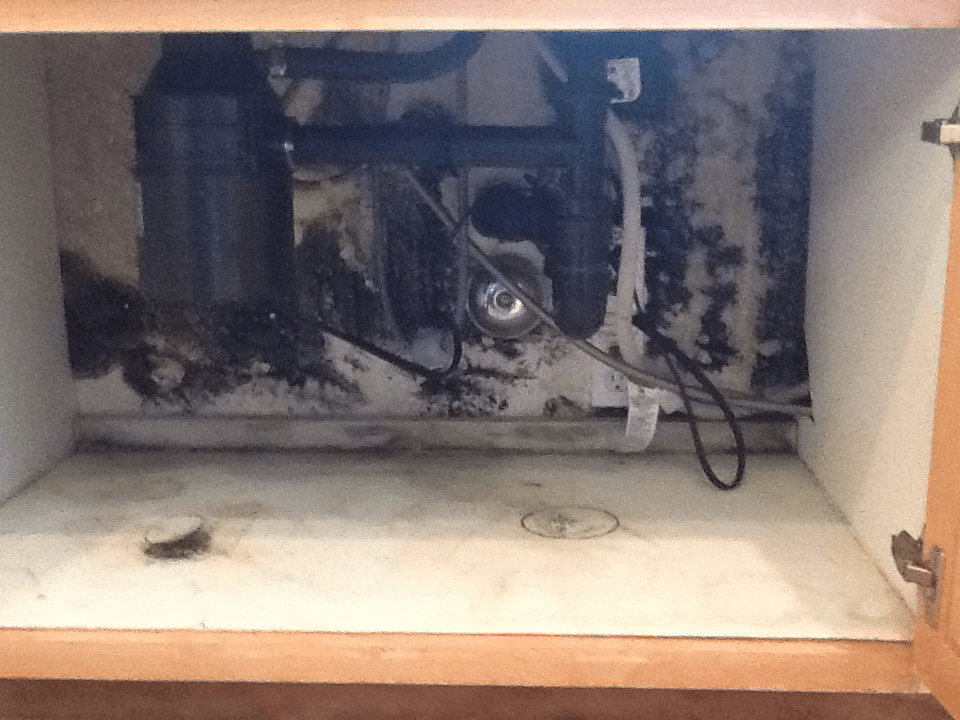
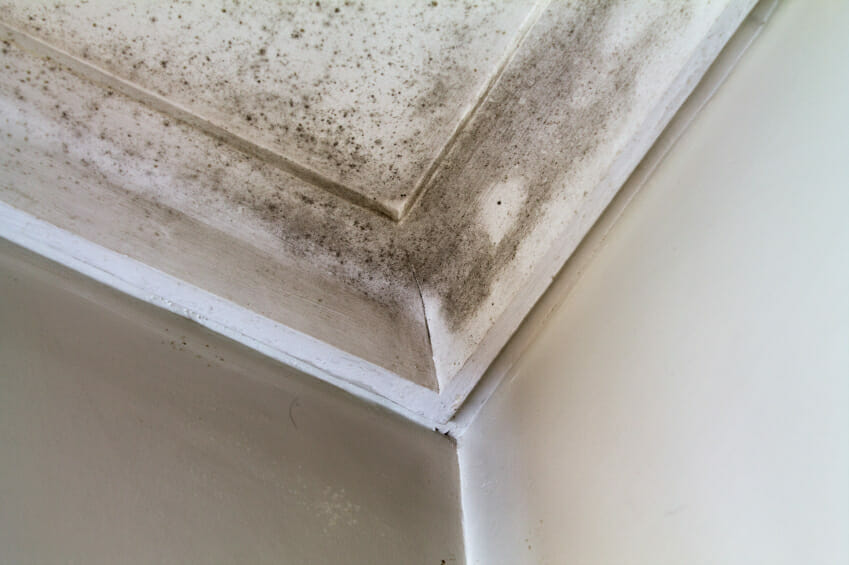




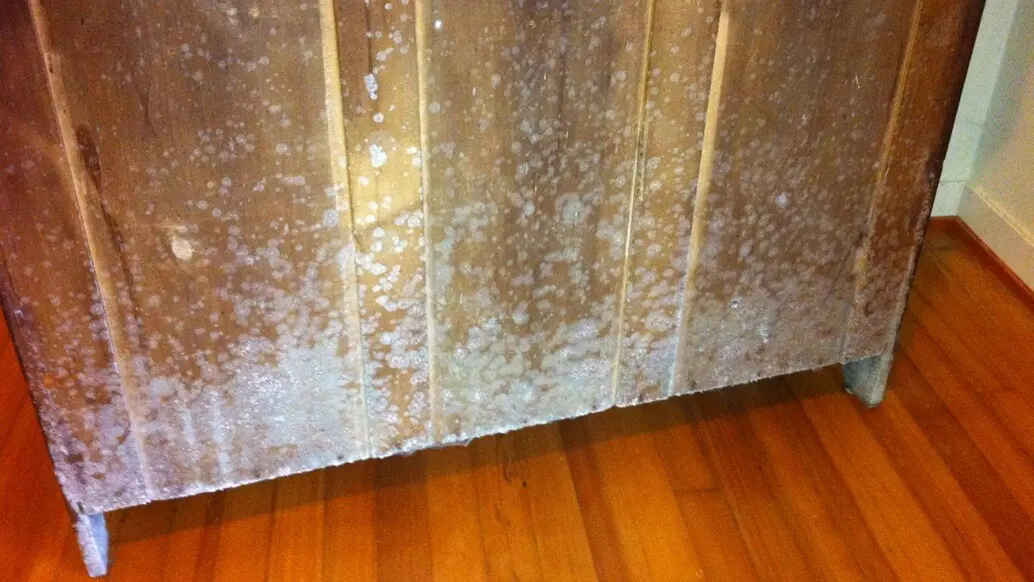
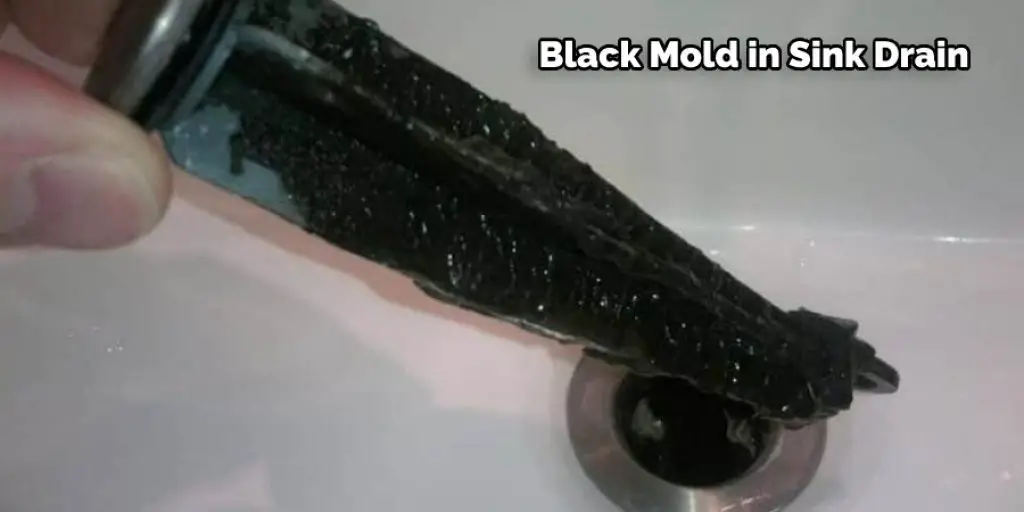
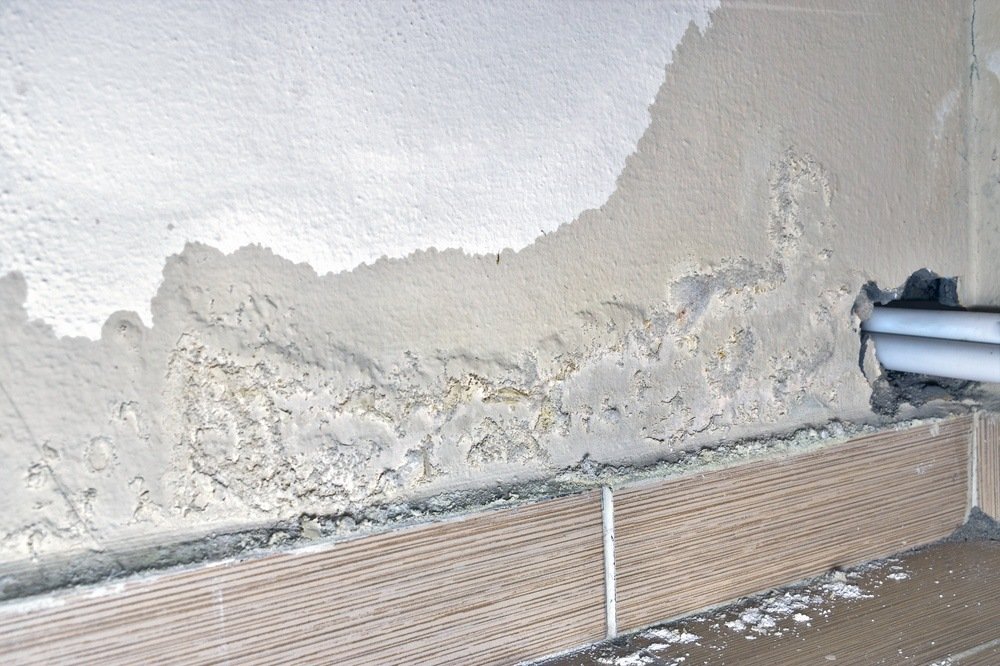

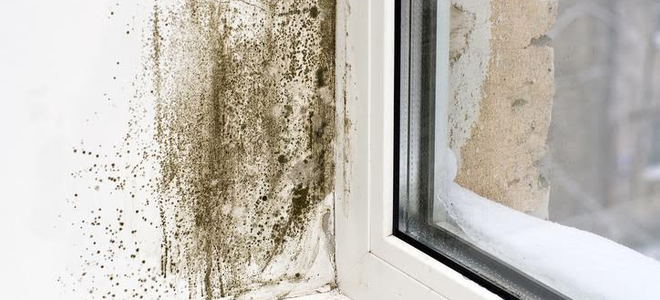












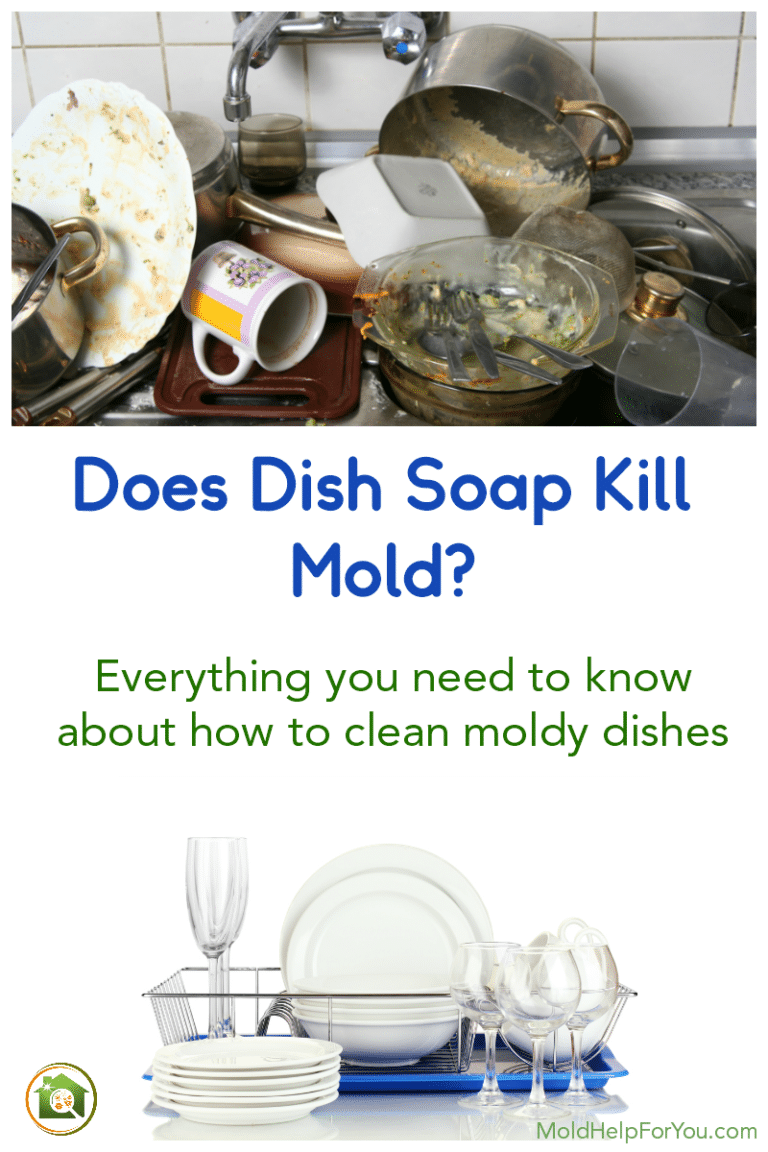

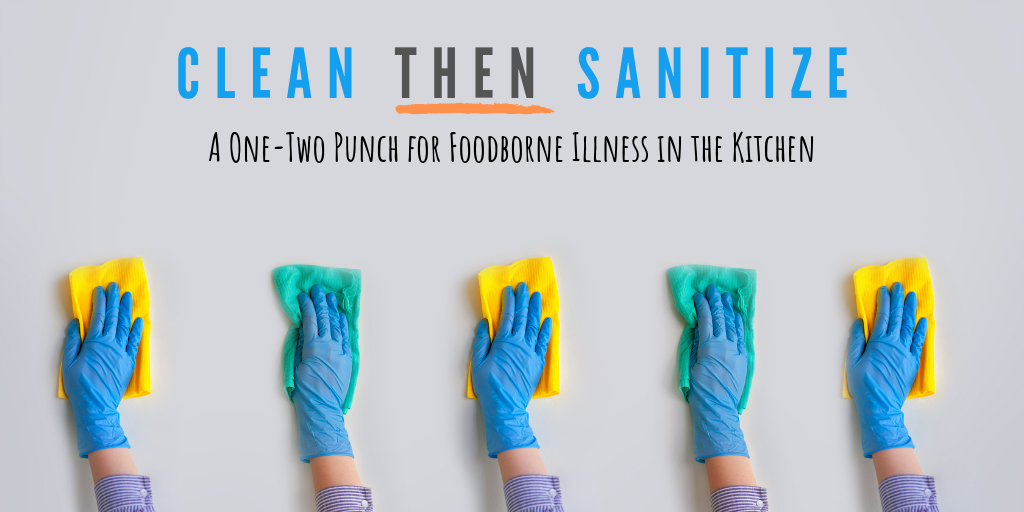

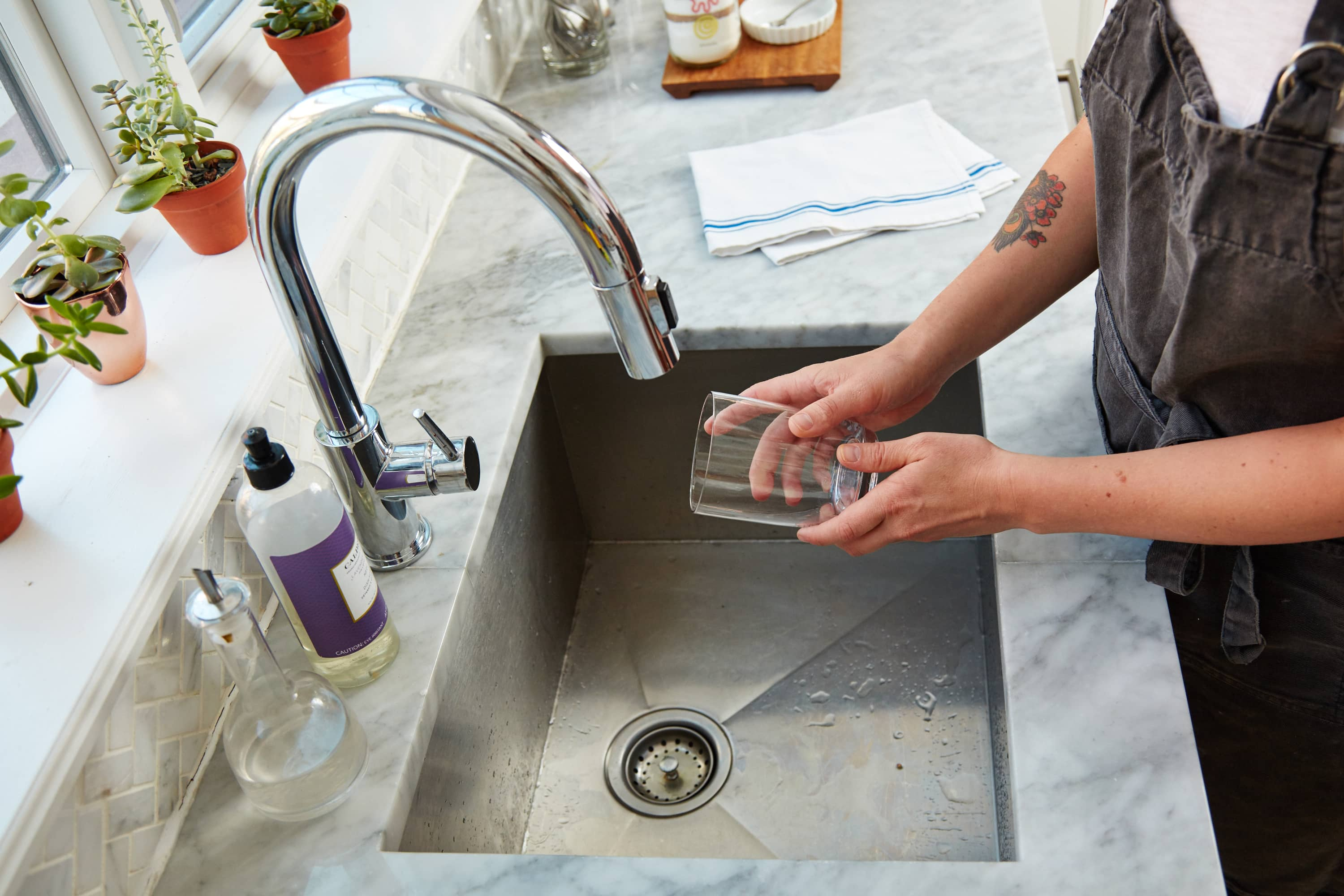




:max_bytes(150000):strip_icc()/identifying-mold-vs-mildew-4799138-final-4266e4b3d84c4401a7c1d8b6835dcc97.png)

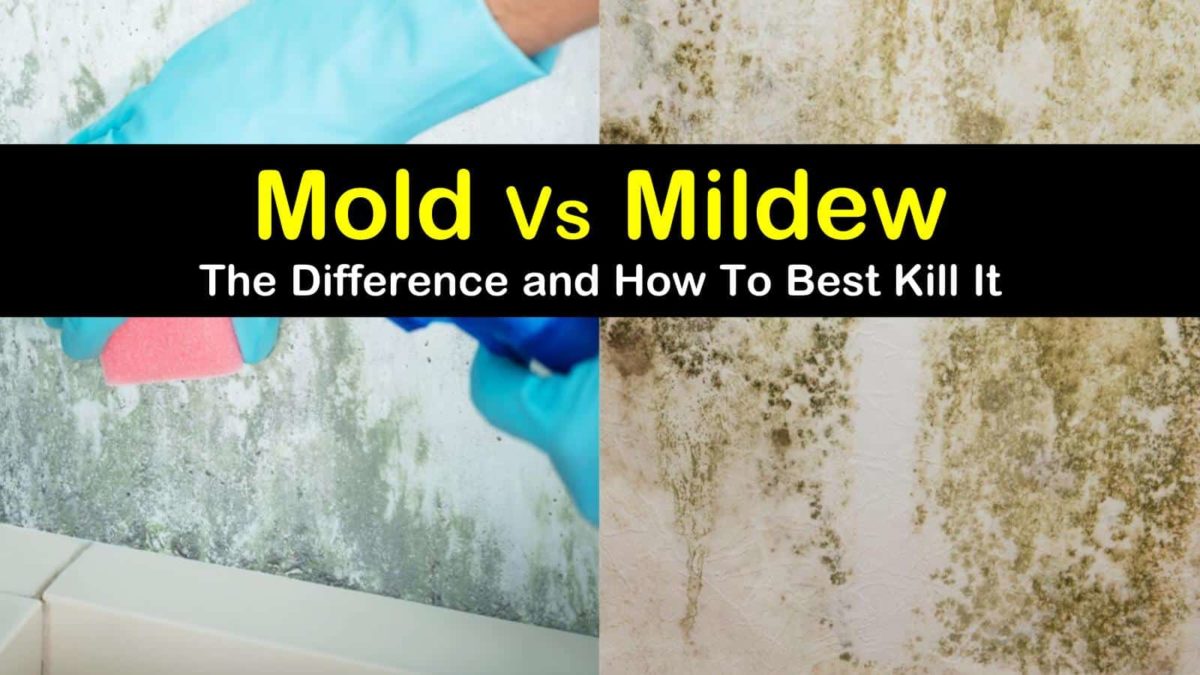

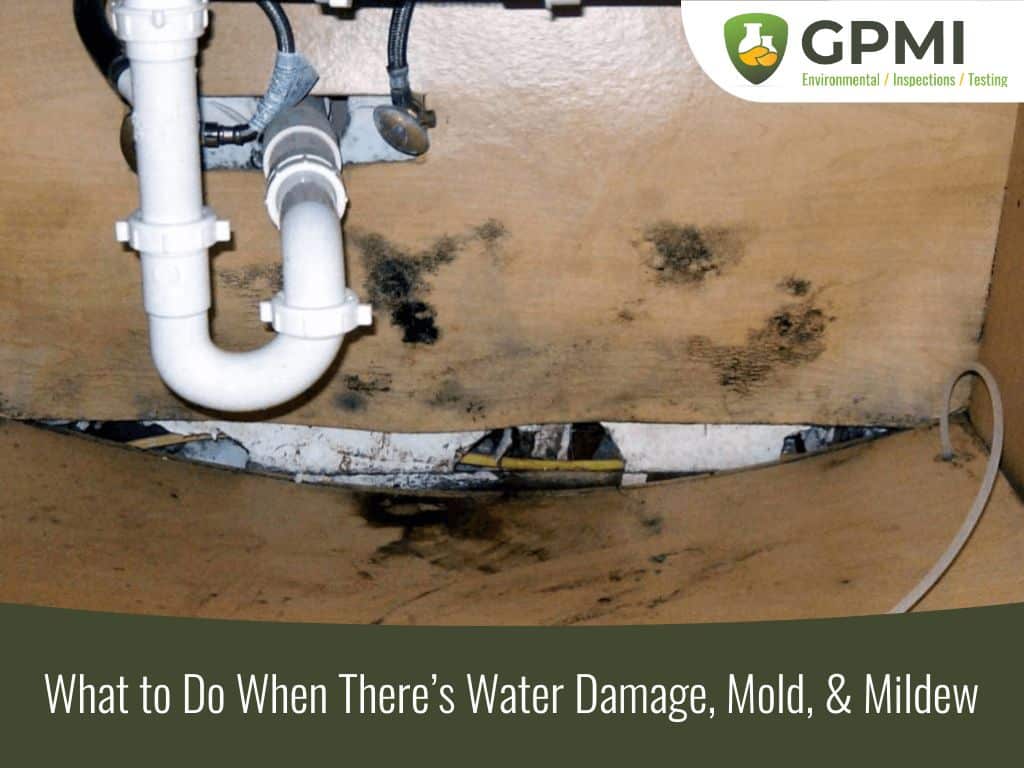
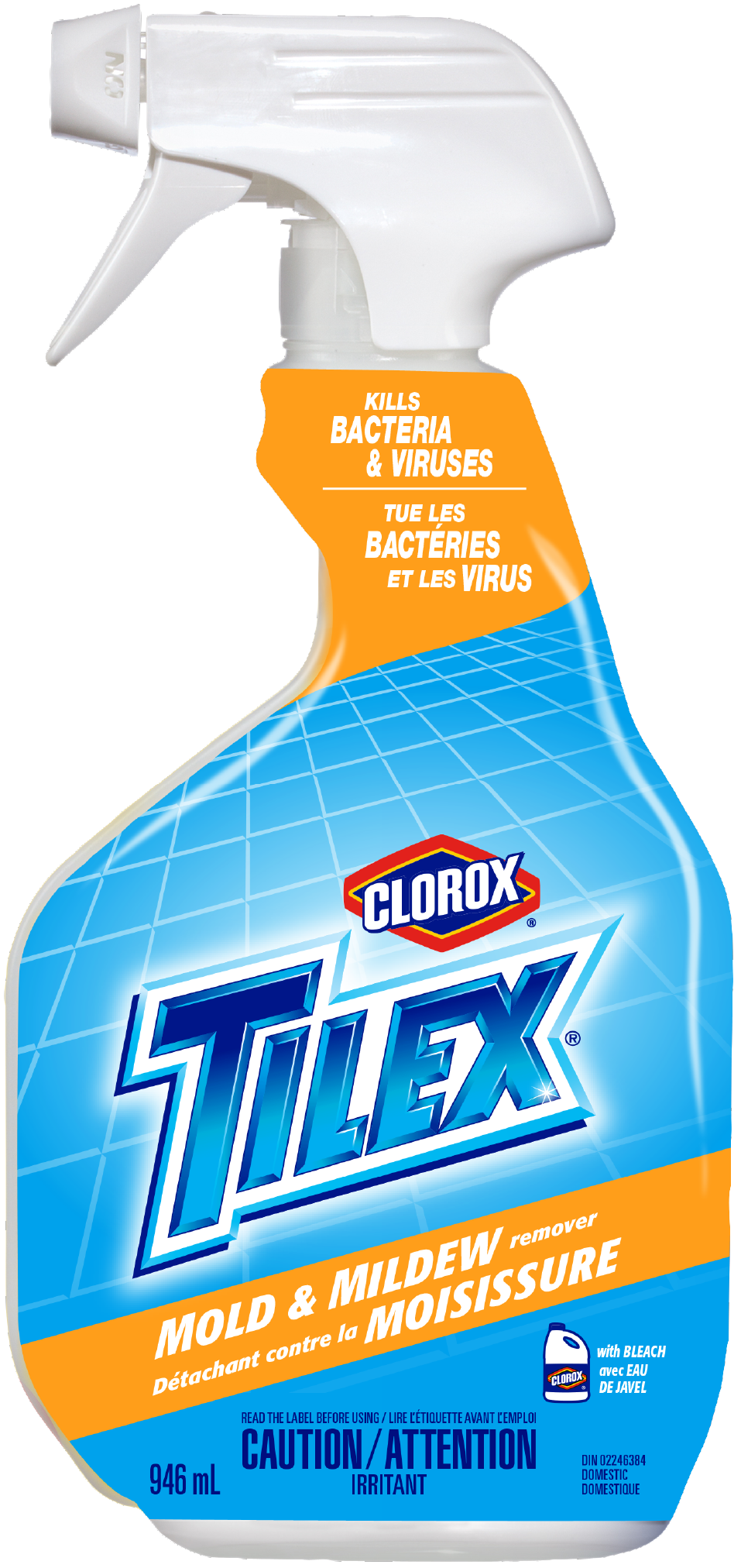

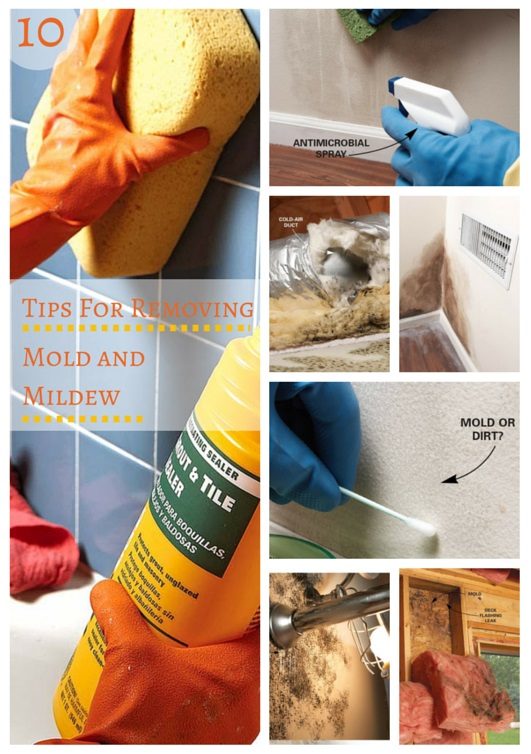
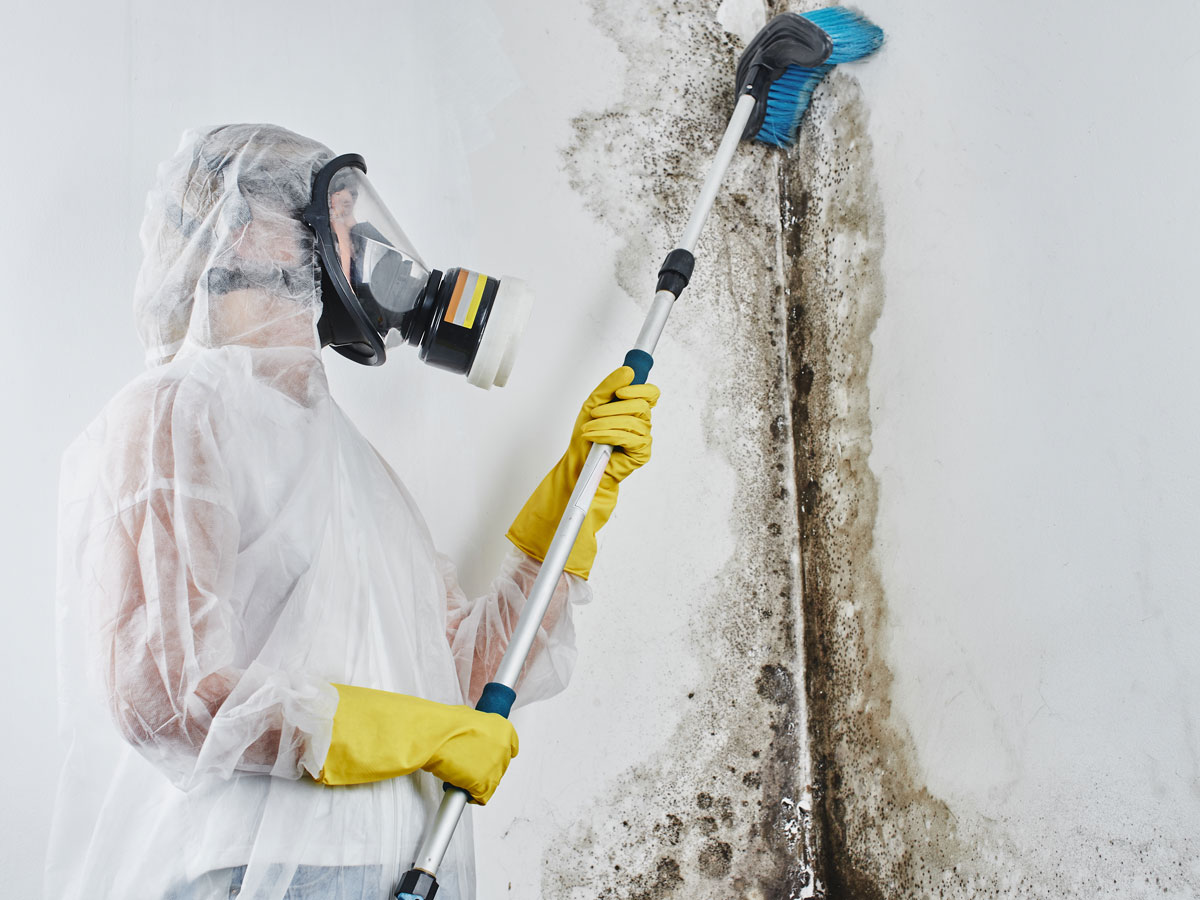



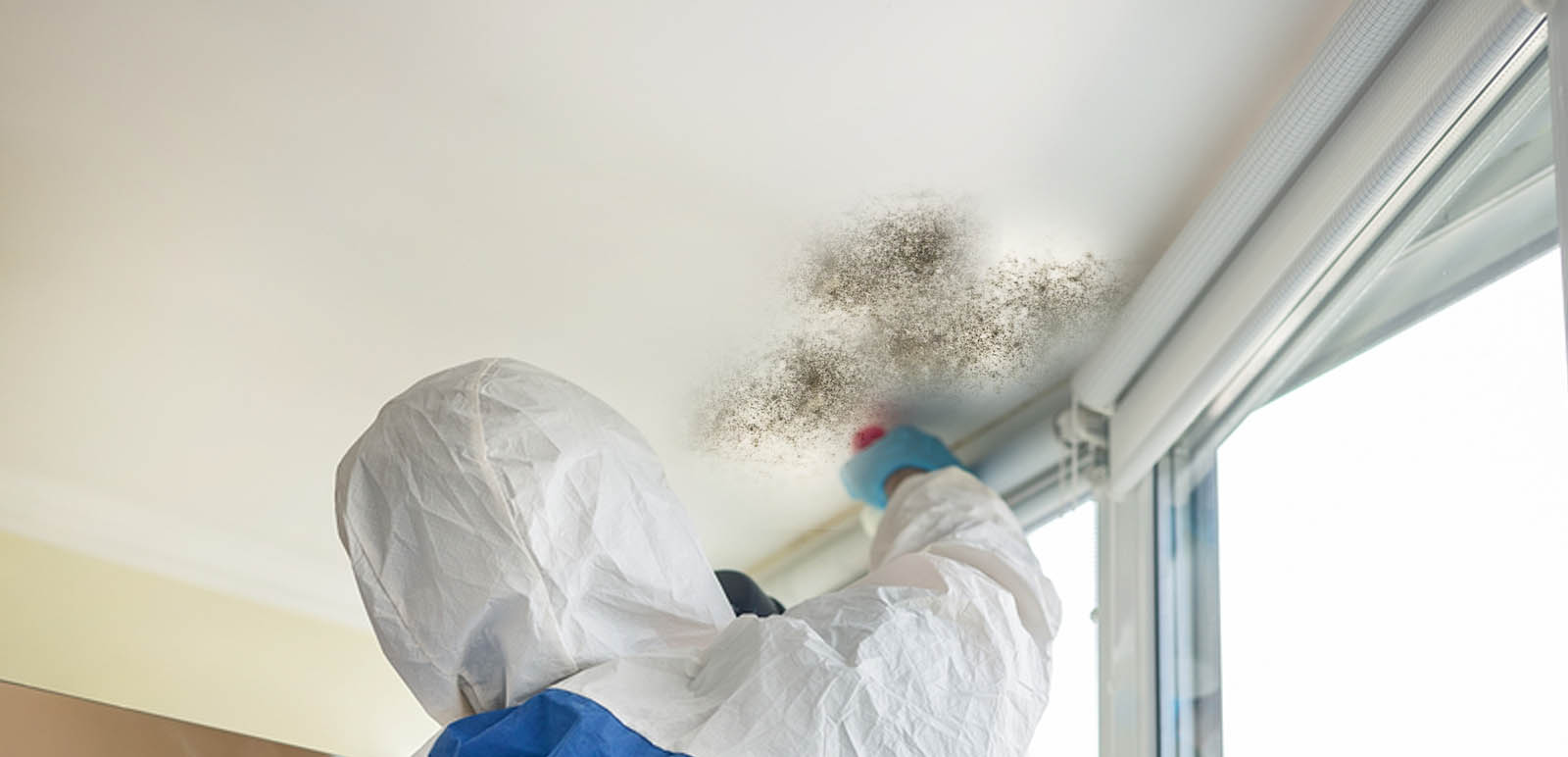


:max_bytes(150000):strip_icc()/ButterflyHouseRemodelLivingRoom-5b2a86f73de42300368509d6.jpg)


